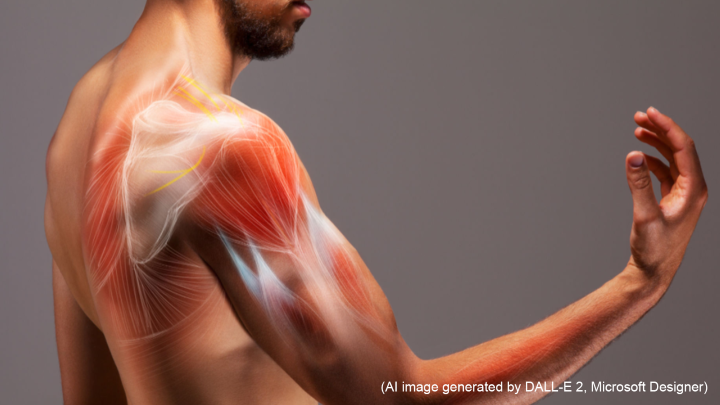#E0006 Musculoskeletal pain in Japanese workers and the relationship between labor productivity by presenteeism and chronic musculoskeletal pain: a cross-sectional study

Link between Chronic Musculoskeletal Pain and Labor Productivity among Japanese Workers
Between 10-20% of Japanese people suffer from chronic pain, defined as any pain that takes longer than usual to heal. Many of these people also suffer from musculoskeletal pain. Both these types of pains are believed to affect work performance and productivity. However, few epidemiological studies have investigated how work performance and productivity are affected by chronic musculoskeletal pain.
Loss of work productivity due to ill health is usually classified into two categories: absenteeism (loss due to absence from work) and presenteeism (loss due to attendance despite poor health). Interestingly, presenteeism results in an economic loss that is four times greater than absenteeism. In this study, we examined the relationship between musculoskeletal pains, especially chronic ones, in various body parts among workers and presenteeism affecting their work productivity.
We analyzed data from 2,055 workers at 118 workplaces in the manufacturing, retail, and finance sectors with the help of a self-administered questionnaire for our cross-sectional study. The questionnaire was designed for a complete case analysis of the loss of productivity resulting from presenteeism. It sought work-related information like the nature of the work performed (physical, desk, emotional) and for how long – whether workers had to work overtime or through the night.
The questionnaire also sought information pertaining to the musculoskeletal pain that the workers experienced – whether it was chronic, how often they experienced it, and exactly where. It used diagrams of the human body to precisely identify the locations of musculoskeletal pain and the Work Functioning Impairment Scale to assess loss of labor productivity due to presenteeism.
We found that musculoskeletal pain affected the productivity of 45.7% of the workers. In total, 34% of these workers reported that their pain was chronic, 40.7% of who experienced it in the neck and shoulder regions. In all of these cases, labor productivity was significantly lower. Productivity was also significantly lower among workers experiencing musculoskeletal pain in the lower back region.
Chronic pain was most common among workers who worked overtime, performed physical work, or worked in manufacturing. One explanation for this finding could be that workers in manufacturing also had to perform more physical work, which resulted in chronic pain.
Our findings suggest the need for interventions that can prevent musculoskeletal pain among workers as it significantly reduces productivity due to presenteeism. These interventions must take into account work-related factors, like the types of industry and work performed, if they are to be effective in increasing productivity.

Link to the original journal article:
https://www.jstage.jst.go.jp/article/eohp/1/2/1_2019-0003-OA/_html/-char/en
Title of the paper:
Musculoskeletal pain in Japanese workers and the relationship between labor productivity by presenteeism and chronic musculoskeletal pain: a cross-sectional study
Authors:
Ryosuke Sugano, Kazunori Ikegami, Satoshi Michii, Hajime Ando, Hiroki Nozawa, Hitomi Imoto, Azusa Shima, Yuichiro Kawatsu, Yoshihisa Fujino, Akira Ogami




